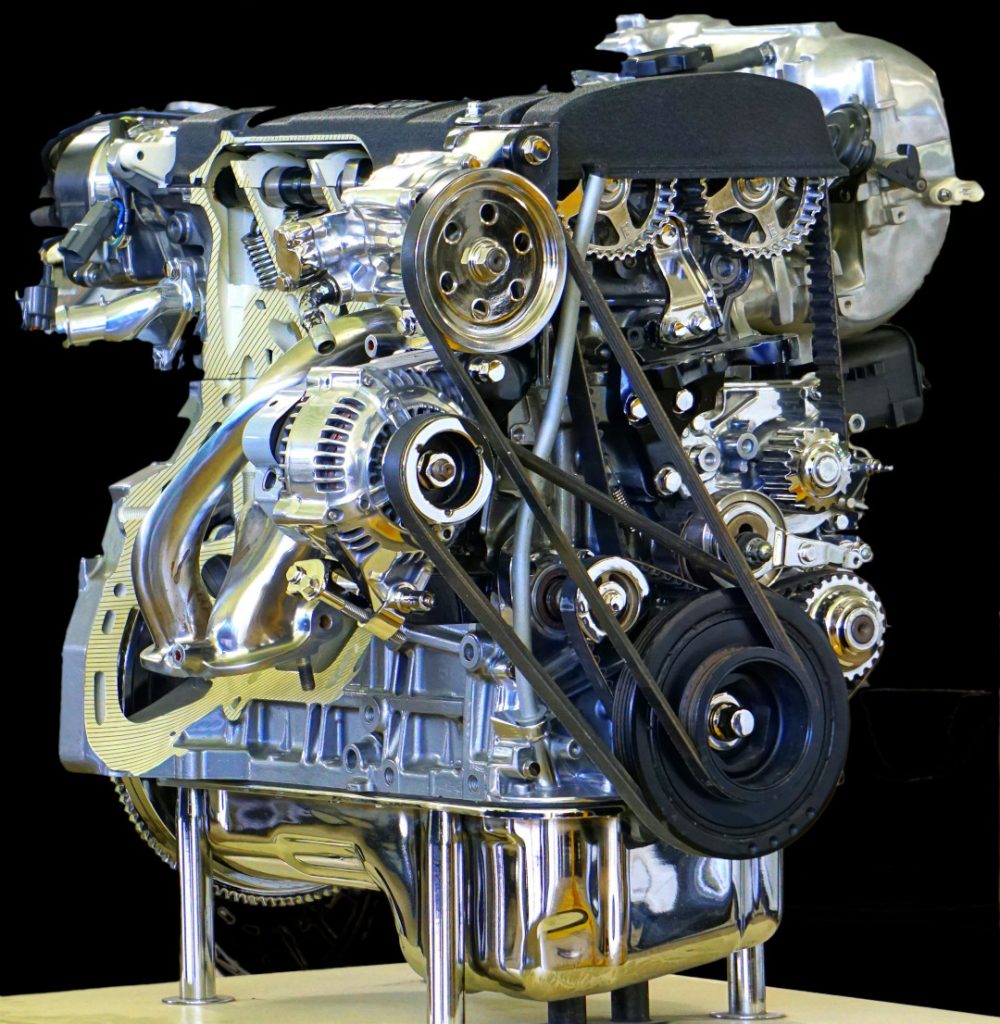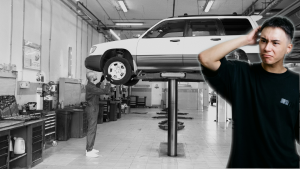Timing belts and timing chains do the same basic job: they make sure the parts inside your engine move together at just the right time, like a conductor leading an orchestra. However, they differ in their construction and materials, which consequently affects their lifespan and maintenance requirements.
Timing Belts
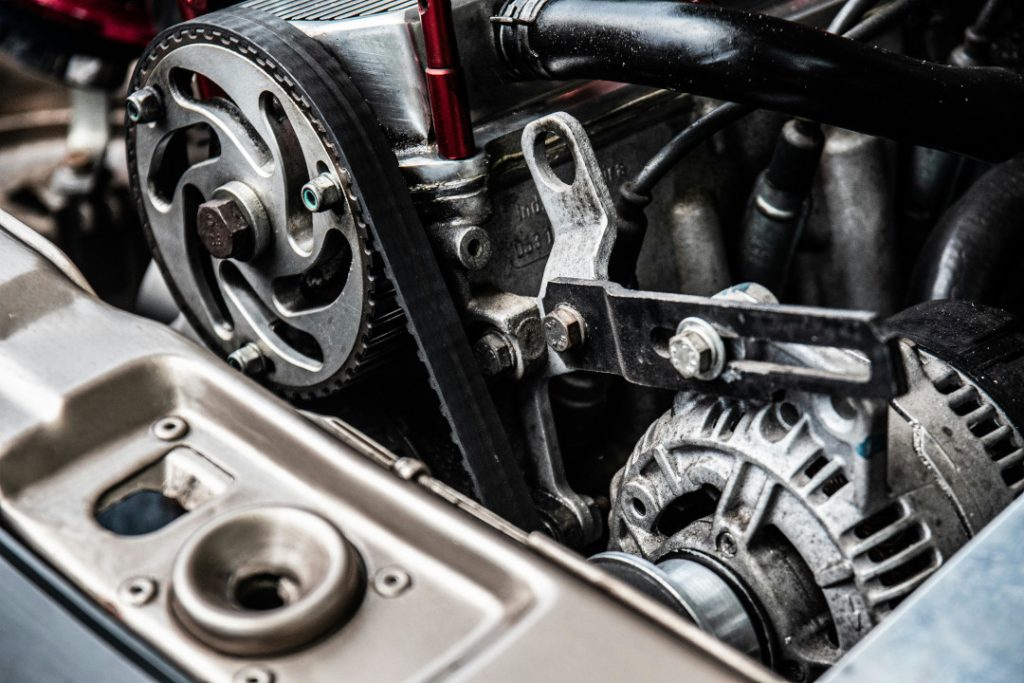
Timing belts are typically made of rubber reinforced with nylon cords or fiberglass. While they are quieter and more efficient than timing chains, they are also more prone to wear and tear over time. Most manufacturers recommend replacing the timing belt every 60,000 to 100,000 miles (or approximately 96,000 to 160,000 kilometers) to prevent it from snapping and causing catastrophic engine damage.
Timing Chains
On the other hand, timing chains are made of metal and are designed to last the lifetime of the engine. They are more durable and require less frequent replacement compared to timing belts. However, they are also heavier, noisier, and more expensive to manufacture, which is why many modern vehicles opt for timing belts instead.
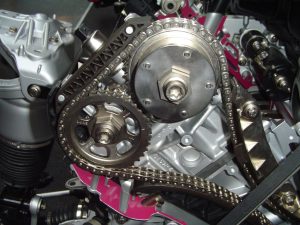
Replace Your Timing Belt On Time
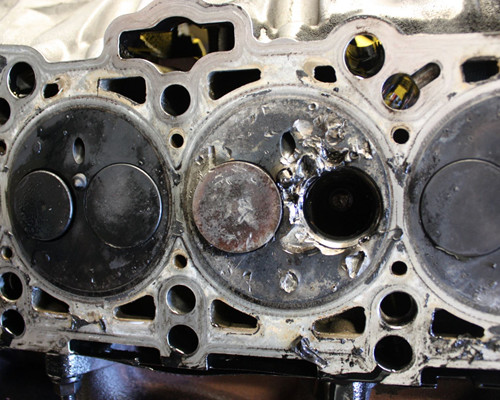
Regular replacement of the timing belt is essential to prevent engine damage and costly repairs. A snapped timing belt can result in bent valves, damaged pistons, and damage to other internal engine components, leading to thousands of dollars in repair costs. Therefore, it’s crucial to adhere to the manufacturer’s recommended replacement intervals and schedule preventive maintenance with a trusted mechanic. Use MyRide901’s Next Service feature to check when your car’s timing belt should be replaced.
Replace The Water Pump & Timing Belt Together
In addition to replacing the timing belt, it is highly recommended to service the water pump as part of the same service event. The water pump is usually driven by the timing belt, and since both components are located in the same area of the engine, it makes sense to replace them together. Neglecting to replace the water pump can result in coolant leaks, overheating, and premature failure, which can further exacerbate engine issues and increase repair costs.
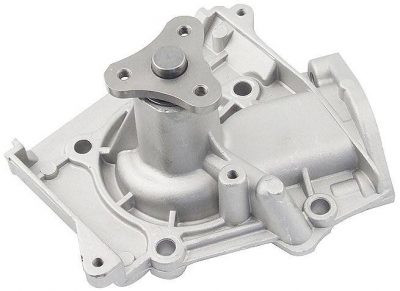
By proactively replacing the timing belt and servicing the water pump, car owners can ensure the longevity and reliability of their vehicles’ engines. Investing in routine maintenance may seem like an inconvenience in the short term, but it can ultimately save you from costly repairs and unexpected breakdowns in the long run.
Timing belts and timing chains are vital components of your car’s engine, and their proper maintenance is crucial to prevent major engine damage. By understanding the differences between timing belts and timing chains, adhering to recommended replacement intervals, and servicing the water pump when the timing belt is replaced, car owners can protect their investment and enjoy peace of mind on the road.

